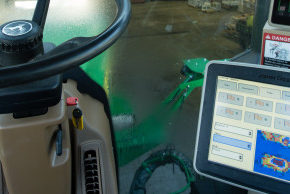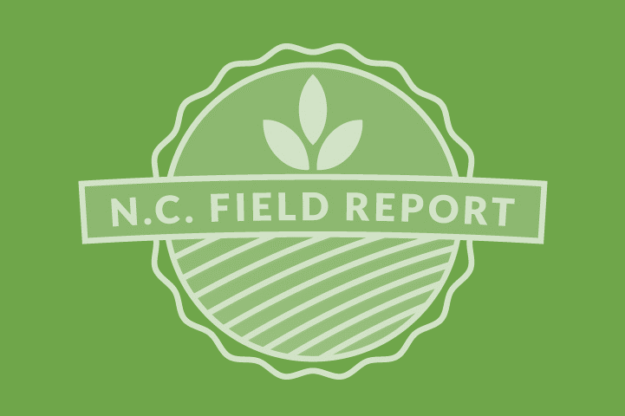Frogeye Leaf Spot
Frogeye leaf spot (FLS) is a common foliar disease in North Carolina soybeans especially in our Northeastern and Piedmont counties. Frogeye leaf spot is a fungus caused by the pathogen Cercospora sojina. It can infect soybean plants at any stage of development, but disease most often occurs after flowering. The disease is most serious during…
Details





